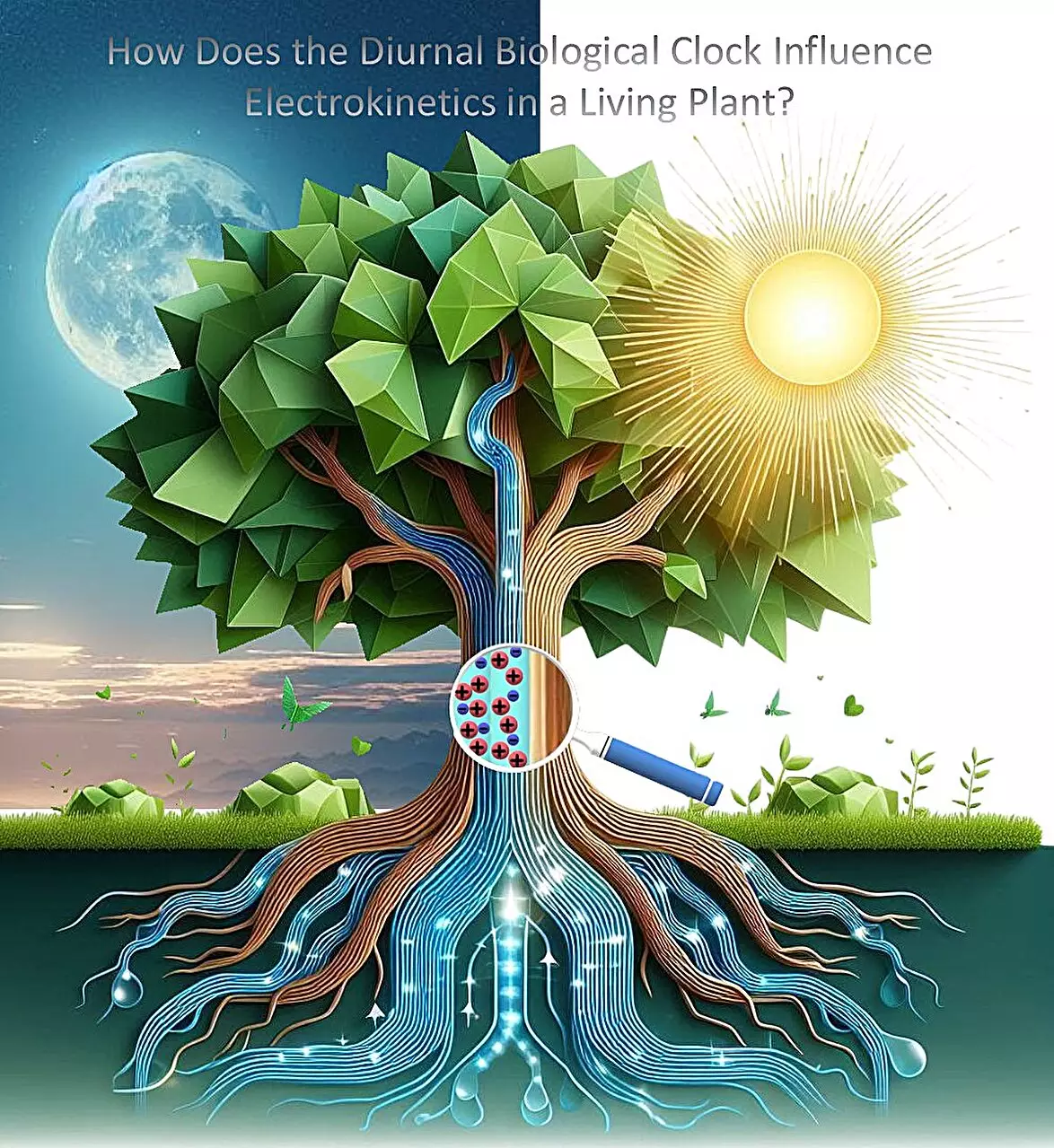Plants have the incredible ability to draw water from their roots to nourish their stems and leaves, creating an electric potential in the process. This electric potential holds promise as a renewable energy source. However, plants, like all living organisms, are governed by a circadian rhythm, which influences their biological processes. This daily cycle involves capturing light energy for photosynthesis during the day and slowing down growth processes at night.
A recent study conducted by researchers from the Indian Institute of Technology Kharagpur sheds light on how biological processes generate voltage in plants and how the cyclic changes between day and night impact this voltage. By inserting electrodes into the stems of water hyacinths and attaching reservoirs with electrodes to pieces of lucky bamboo, the researchers delved into how the electrical potential in plants changes based on the types of ions, ion concentration, and pH of the fluid within the plants.
The study revealed that plants can actively regulate the flow of fluid or sap in harmony with their day and night cycles. It was found that the electric streaming potential increases as the concentration of ions decreases or the pH of the fluid increases. This correlation between electric potential and the plant’s inherent daily rhythm opens up possibilities for tapping into electrical power output from plants in a sustainable manner, with minimal environmental impact and no disruption to the ecosystem.
Author Suman Chakraborty highlights the potential for using the streaming potential generated by plants as a continuous and sustainable source of renewable energy. By understanding how electrical power can be produced in sync with the plant’s natural biological clock, researchers are paving the way for innovative energy solutions that are both eco-friendly and efficient.
The findings of this study offer a new perspective on the untapped potential of plants as a renewable energy source. By harnessing the natural electric potential produced by plants in response to their circadian rhythm, we may be able to unlock a sustainable energy solution that complements our existing renewable energy sources. Further research in this area holds promise for a greener and more sustainable future.


Leave a Reply